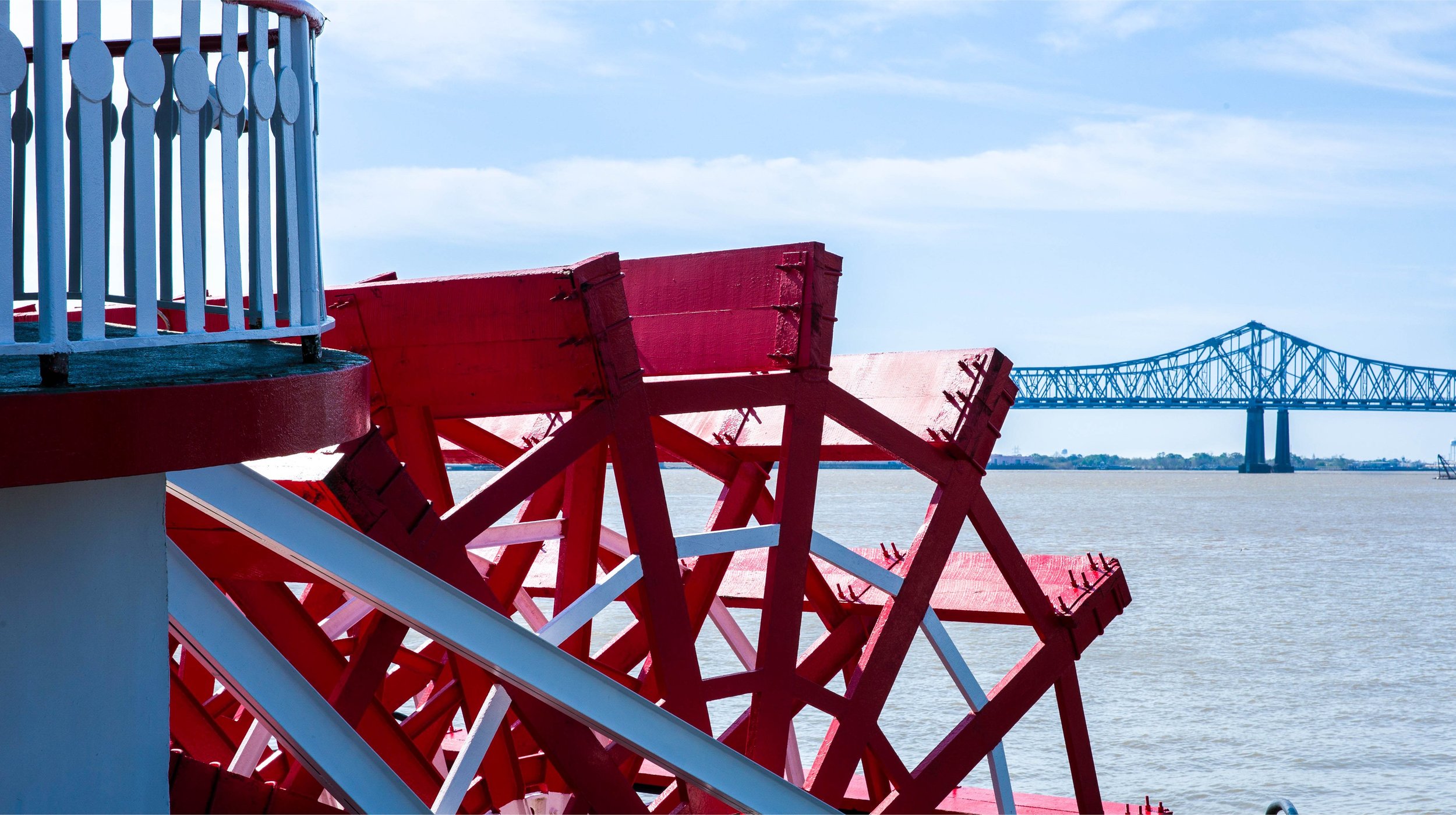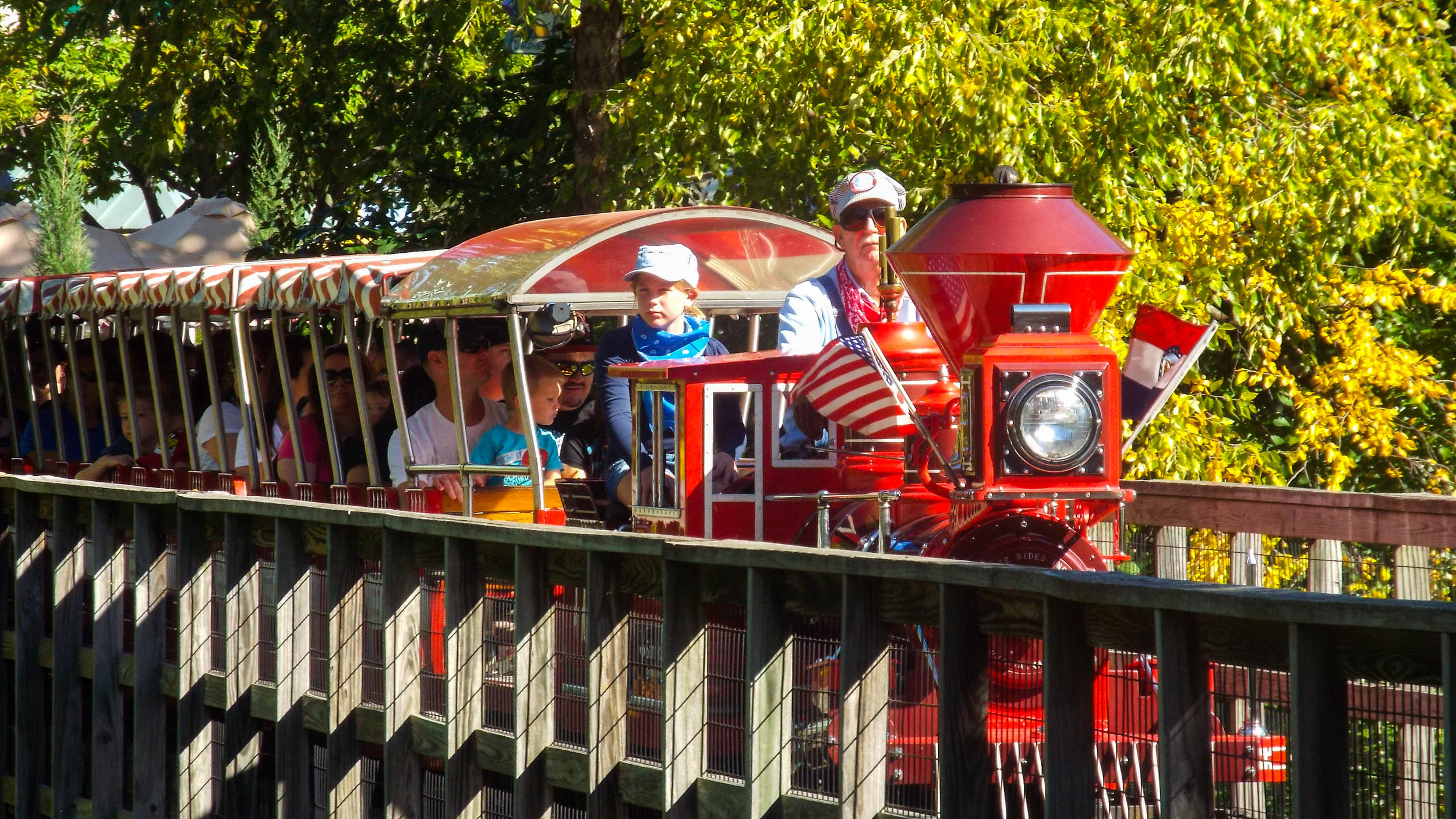Visitors Guide to Churches & Religious Sites in St. Louis
Metropolitan Saint Louis
Saint Louis has its origins when in 1764 French fur traders established a small village named after Louis IX, the Crusader King of France. Over the years a number of artistic and elaborate churches and shrines have been erected throughout the region.
Basilica of St. Louis King of France
Saint Louis, MO
The Basilica of Saint Louis, King of France, formerly the Cathedral of Saint Louis, and colloquially the Old Cathedral, was consecrated in 1834. It was the first cathedral west of the Mississippi. It is located on the historic riverfront of Saint Louis, near the Gateway Arch. Because of the historical significance of the church, it was left intact while the neighboring buildings were all torn down to make way for the Gateway Arch.
Black Madonna Shrine
Eureka, MO
The Black Madonna Shrine is a Franciscan Shrine dedicated to Poland's Black Madonna, Our Lady of Czestochowa, Queen of Peace and Mercy. The grottos, made of Missouri tiff rock, were hand-constructed over a 22-year period by Brother Bronislaus Luszcz.
Cathedral Basilica of Saint Louis
Saint Louis, MO
The Cathedral Basilica of Saint Louis, also known as the "New Cathedral," is the crown jewel of the Roman Catholic Archdiocese of Saint Louis. A magnificent structure, the cathedral is Romanesque in style on the exterior and Byzantine on the interior. The interior features mosaics comprised of over 41,000,000 glass tesserae tiles using over 8,000 shades of color whose designs tell stories of faith and history. The Mosaic Museum, with displays on the construction of the building and the creation of its mosaics, is on the lower level of the cathedral.
Christ Church Cathedral
Saint Louis, MO
This Cathedral was constructed between 1859 and 1867, and designed in 14th century English Gothic tradition by Leopold Eidlitz (1823-1908), one of the leading architects in America in the latter half of the 19th century. Christ Church Cathedral is listed on the National Register of Historic Places and as a National Historic Landmark.
Historic Trinity Lutheran Church
Saint Louis, MO
Located in the heart of Soulard, five minutes south of downtown hotels and one block south of the famous Soulard Market, Trinity Lutheran Church houses the oldest Lutheran congregation west of the Mississippi River. The historic building on the southwest corner of Eighth and Soulard Streets was restored in the mid-eighties. Visitors from around the world have admired its brilliant interior with its gleaming white and gold altar. The Pulpit and Baptismal Font are the original dating back to 1864.
Old St. Ferdinand's Shrine
Florissant, MO
Old St. Ferdinand’s Shrine is one of the few remaining vestiges of Saint Louis’ Spanish past. The church, built in 1821, is the oldest standing church in all of the Louisiana Purchase Territory. It is also thought to be the oldest Catholic Church between the Mississippi and the Rockies. The original church was built in the federal style but when it was renovated in 1880, it took on a Gothic Revival appearance.
St. Francis de Sales Oratory
Saint Louis, MO
Built at the turn of the last century, St. Francis de Sales Oratory is known to locals as “the cathedral of South St. Louis” because of its elegantly designed exterior and its 300-foot spire. It is one of the only church in the St. Louis area of German Gothic architecture and is based on the design of a church in Germany. The campus includes the church, a rectory, former convent, and two former school buildings. The church is on the National Registry of Historic Places.
Saints Peter and Paul Catholic Church
Saint Louis, MO
The present building of Saints Peter and Paul Catholic Church is the third structure to serve the local community in the Soulard Market area of downtown Saint Louis. The first church was built in 1849 and the current structure in 1875. The church is one of the few churches in the area designed in the German Gothic style to reflect the roots of its original parishioners.
Shrine of St. Joseph
Saint Louis, MO
The Shrine of St. Joseph is an historic church and the only example of Baroque church architecture in the Saint Louis area. It is also the site of the only authenticated miracle in the Midwest. The Shrine's beautiful altar has become known as the Altar of Answered Prayers and people often tuck pieces of paper with prayers written on them into crevices on the altar in the hopes they will be answered.
For Travelers Heading Up River
Meeting the Missouri River
The two longest rivers of the United States, the Missouri and the Mississippi, meet at St. Charles County, Missouri. The Historic Saint Charles downtown area offers visitors a variety of attractions including the Lewis and Clark Boat House and Nature Center, The Foundry Art Centre, and Missouri’s First State Capitol. Nearby is Confluence State Park and the Daniel Boone Home.
For Travelers Heading Across the River
Meeting of the Great Rivers Scenic Byway
The Meeting of the Great Rivers Scenic Byway area is one of America’s newer scenic byways. With over 20,000 acres of forest and wetlands at the heart of the Mississippi Flyway, it is a nature lovers paradise. Visitors will find spectacular colors in the fall and bald eagles in the winter. History abounds in the region ranging from the prehistoric Cahokia Mounds to sites on the National Register of Historic Places.
For Travelers Heading Down River
French Colonial Country
Down river of St. Louis and the Meeting of the Great Rivers Scenic Byway area is Ste. Genevieve, Missouri and Randolph County, Illinois. This area was heavily influenced by the French fur traders who inhabited the region from 1700 to 1840.

























